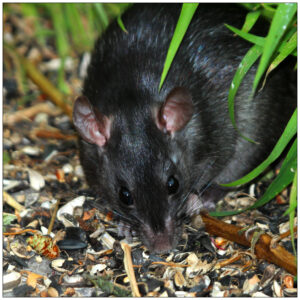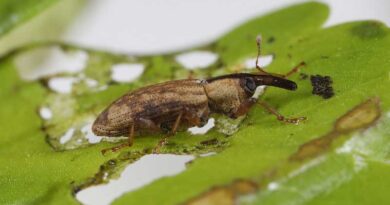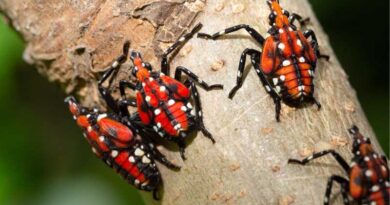Invasive rats: A closer look at 4 species causing problems around the world
22 August 2023, USA: The invasion of non-native species is among the primary reasons for the destruction of plants and wildlife across the globe. Rats are considered one of the world’s most invasive species. Second only to humans in their ecological damage. In particular, for small islands, the presence of rats invariably leads to radically reduced populations or extinctions of native wildlife. There are many efforts aimed at eradicating these species.
Pacific rat (Rattus exulans)
Primarily located in most parts of Southeast Asia and the Pacific, the Pacific rat is a significant threat to wildlife. Moreover, this invasive rat species has caused the extinction of various bird species. Additionally, these species introduce diseases to not only animals but humans. The introduction of the Pacific rat is due to human transportation. Modes of transport include aircraft and ships, which may unknowingly serve as a vehicle for their introduction to new places.

Black rat (Rattus rattus)
Indigenous to the Indian sub-continent, black rats have spread throughout the world. These species not only cause harm to wildlife, but they also affect crops and plants in that area. Black rats are highly adaptable creatures that can survive both above and below ground. Furthermore, they are skilled swimmers, which allows them to move from one location to another easily. In fact, some small island rat invasions were due to the black rat surviving shipwrecks.

Brown rat (Rattus norvegicus)
The brown rat has a tremendous economic effect, costing industries hundreds of million dollars per year. Industries like agriculture, where brown rats destroy vegetable and grain crops, leading to substantial losses. However, their impact extends beyond agriculture to the distribution sector. These rats are notorious for contaminating food sources, resulting in economic losses for the food industry. The brown rat is known for being opportunistic and will eat anything from cooked and raw meat to vegetables and grains.
In addition, they are a major cause of species extinction of birds, reptiles and invertebrates, to name a few. This includes beetles, spiders and shellfish. They pose a significant threat to the native wildlife on small islands as they outcompete them for vital resources such as food and habitat. In addition, their presence creates disruptions in the ecosystem, making it increasingly challenging for native wildlife to thrive and survive in their natural environment.

Asian house rat (Rattus tanezumi)
The Asian house rat, which is native to Afghanistan and China, has now spread to various regions in South America and the western USA. These species are omnivores and pose serious risk risks to vital crops like rice, coconut, banana and maize. Rice grains are the most predominant element of an Asian house rat’s diet. This means they pose a threat to crops because they choose to feed on rice grains in the ripening stage. The destruction of these crops impacts the economy, as farmers are unable to achieve a fruitful harvest.

To learn more on invasive rat species visit the CABI Compendium.
Also Read: Best Agrolife Ltd. Appoints Mr Suradevara Bala Venkata Rama Prasad as New Executive Director
(For Latest Agriculture News & Updates, follow Krishak Jagat on Google News)















